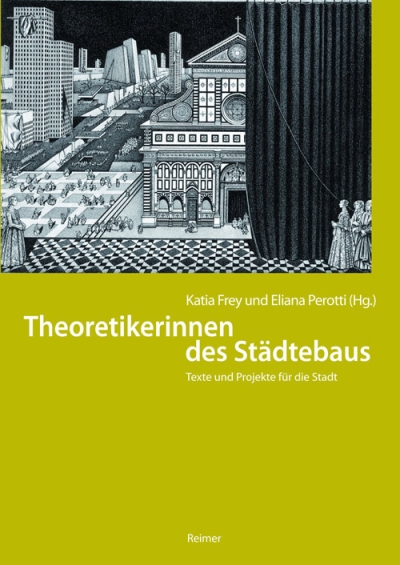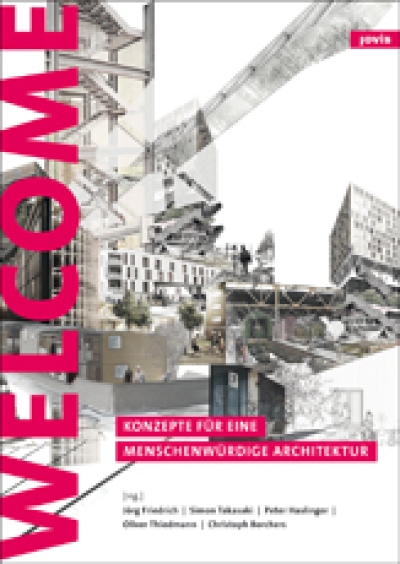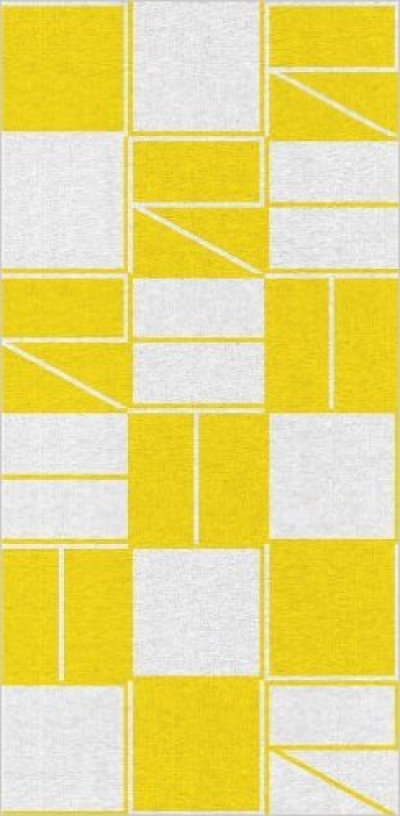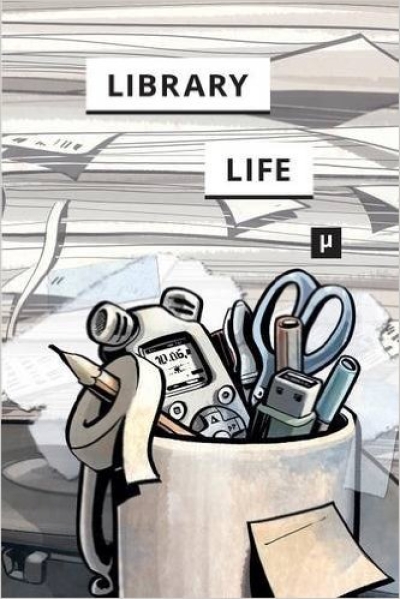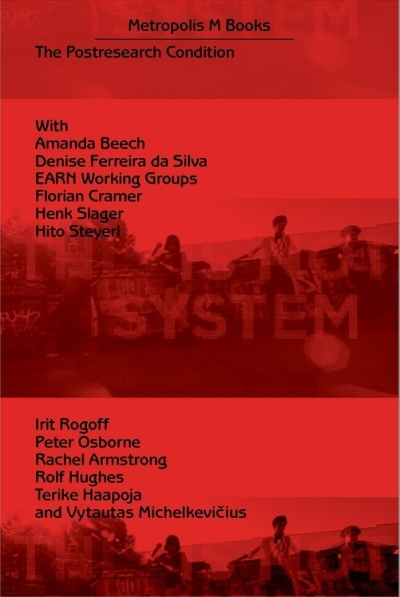
The Postresearch Condition
Today, the field of artistic research clearly is in need of a process of recharging. The ontological question of "What is Artistic Research", posed so many times in debates over the last ten years, turned out to function merely as an impetus for disciplining the field. As a consequence, an unintentionally bureaucratic and organizational focus restricted room for spotlighting the specific areas of attention of thought and imagination so characteristic during artistic research.
Thus, the production of a strategic apparatus that identifies the structural and programmatic elements for a future artistic research agenda is of the highest priority now. Pressing questions are: Should we talk about a postresearch situation or a postresearch condition? Could this be compared with how poststructuralism relates to structuralism as its philosophical comprehension and the elaboration of its consequences? And how could a postresearch condition address contemporary art practices?
To answer these questions, it is crucial to start from the three conceptual spaces that fundamentally determine what we mean by artistic research: creative practice (experimentality, art making, potential of the sensible); artistic thinking (open-ended, speculative, associative, non-linear, haunting, thinking differently); and curatorial strategies (topical modes of political imagination, transformational spaces for encounters, reflection, and dissemination). How could we comprehend these spaces in their mutual, dynamic coherence as a series of indirect triangular relationships?
From whatever conceptual space one departs though, an artistic research practice could signify a creative proposition for thought in action. Yet again, that mode of research could never be reduced to a method of one of the three constituents: artistic research cannot be equated with creative innovation, disciplinary knowledge production, or political activism. Therefore, we do need to challenge and question the issue of how to articulate and present the intersection between the three conceptual spaces.
For this purpose, an intensive program of workshops, presentations, propositions, and screenings took place as EARN/Smart Culture Conference in Utrecht (BAK, basis voor actuele kunst, and HKU University of the Arts) in the spring of 2021.
This new Metropolis M Books publication reflects further on these discussions and debates, while providing programmatic elements for a future artistic research agenda.
With contributions from:
Henk Slager
Peter Osborne
Hito Steyerl
Vytautas Michelkevičius
Florian Cramer
Terike Haapoja
EARN Working Groups
Rachel Armstrong
Rolf Hughes
Amanda Beech
Denise Ferreira da Silva
Irit Rogoff
